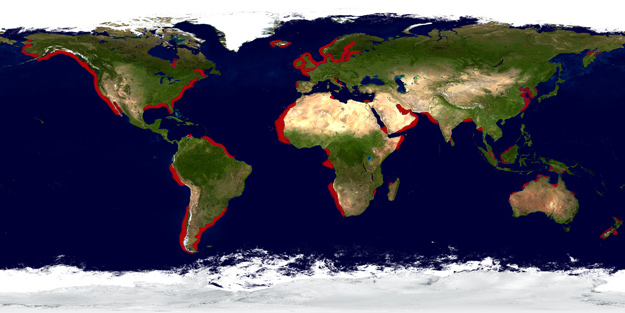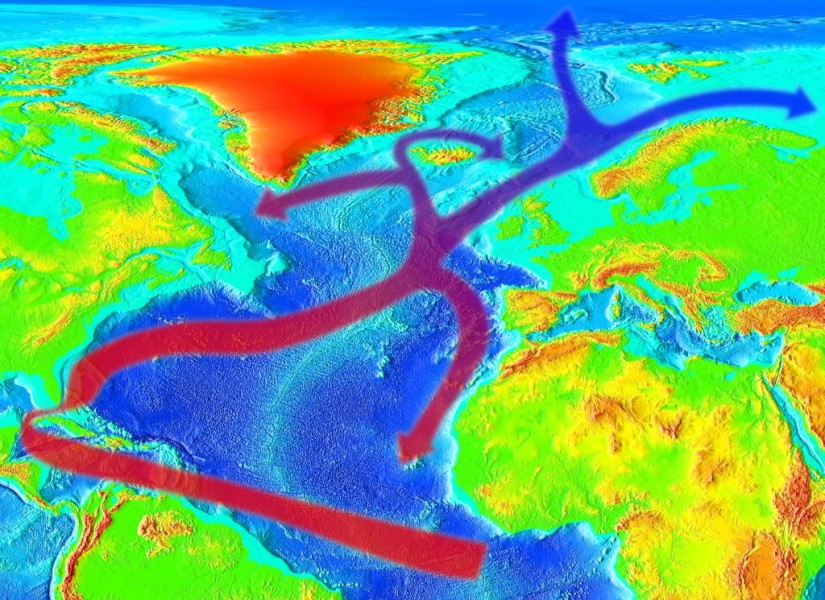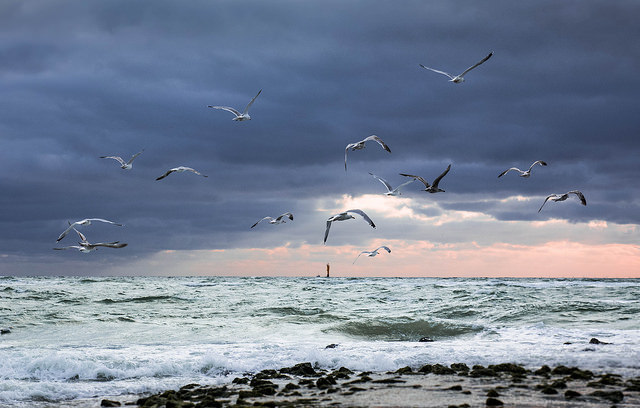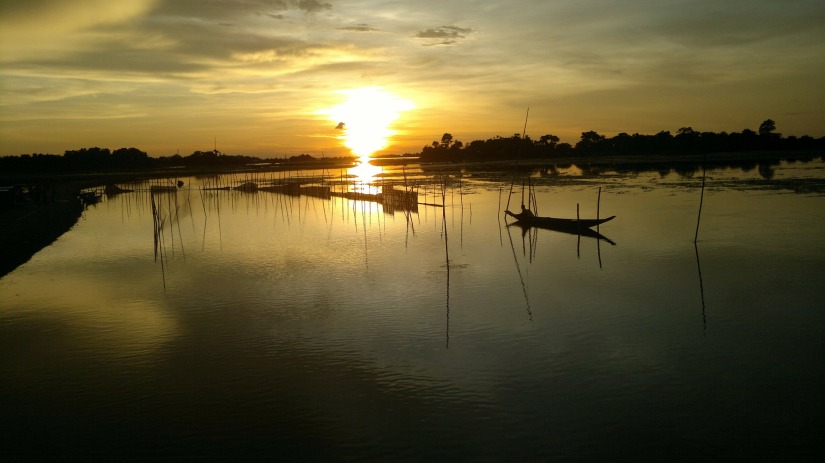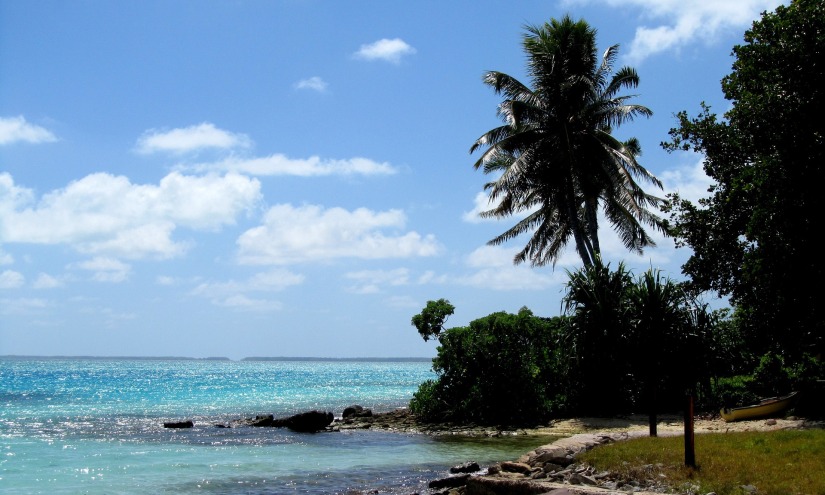This article is part of the 4sea Project
The European Wadden Sea
The European Wadden Sea is located in the North Sea and reaches from Den Helder in the Netherlands, through Germany to Esbjerg in Denmark. There are other parts of the world where tidal regions also exist for example in Mauritania in West Africa and in Georgia Bight in the USA. With the expanse of the European Wadden Sea of 10.000 square meters it is the longest, connected tidal region worldwide [1].
Lire la suite « Biodiversity and its threats in the Wadden Sea »




